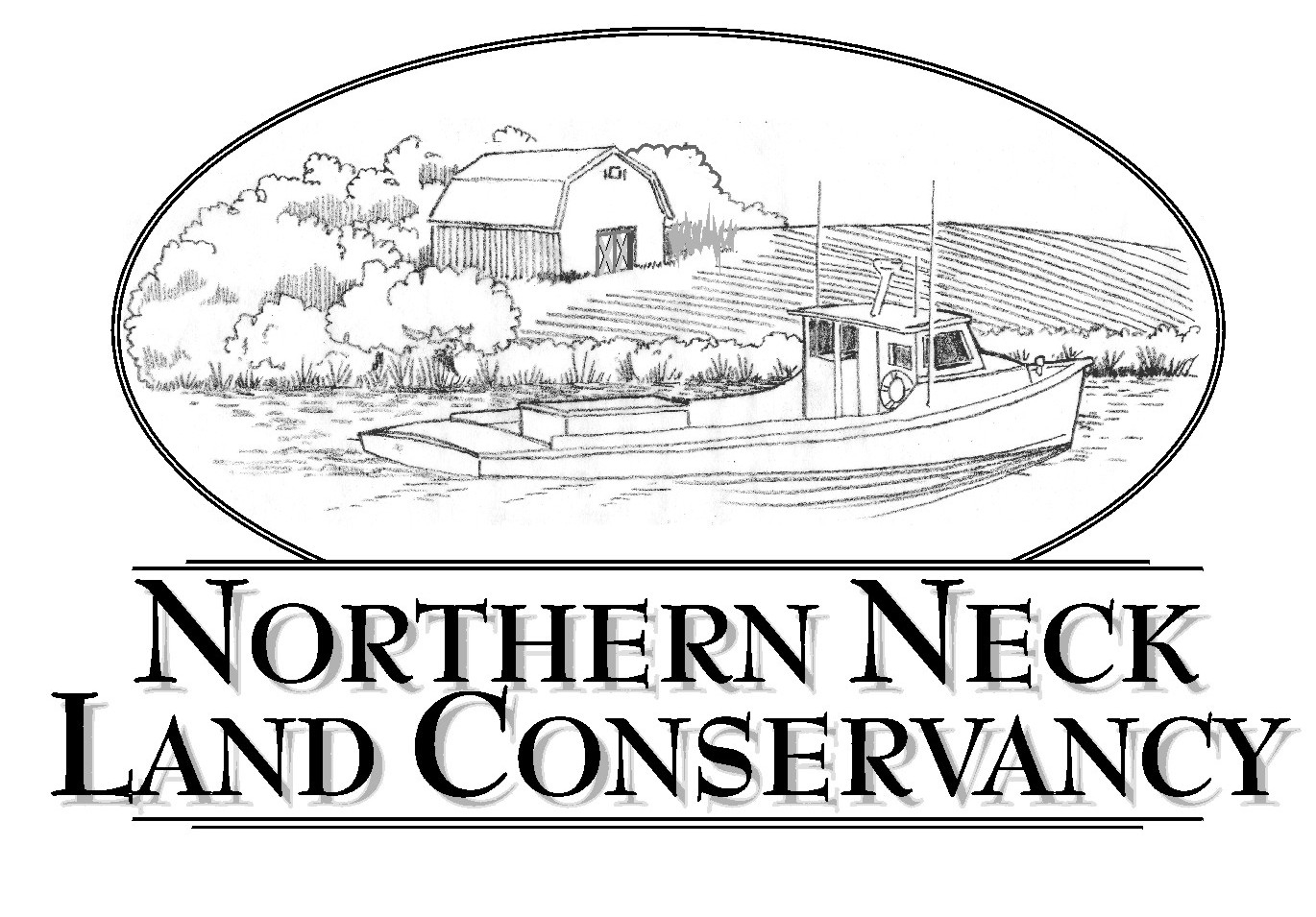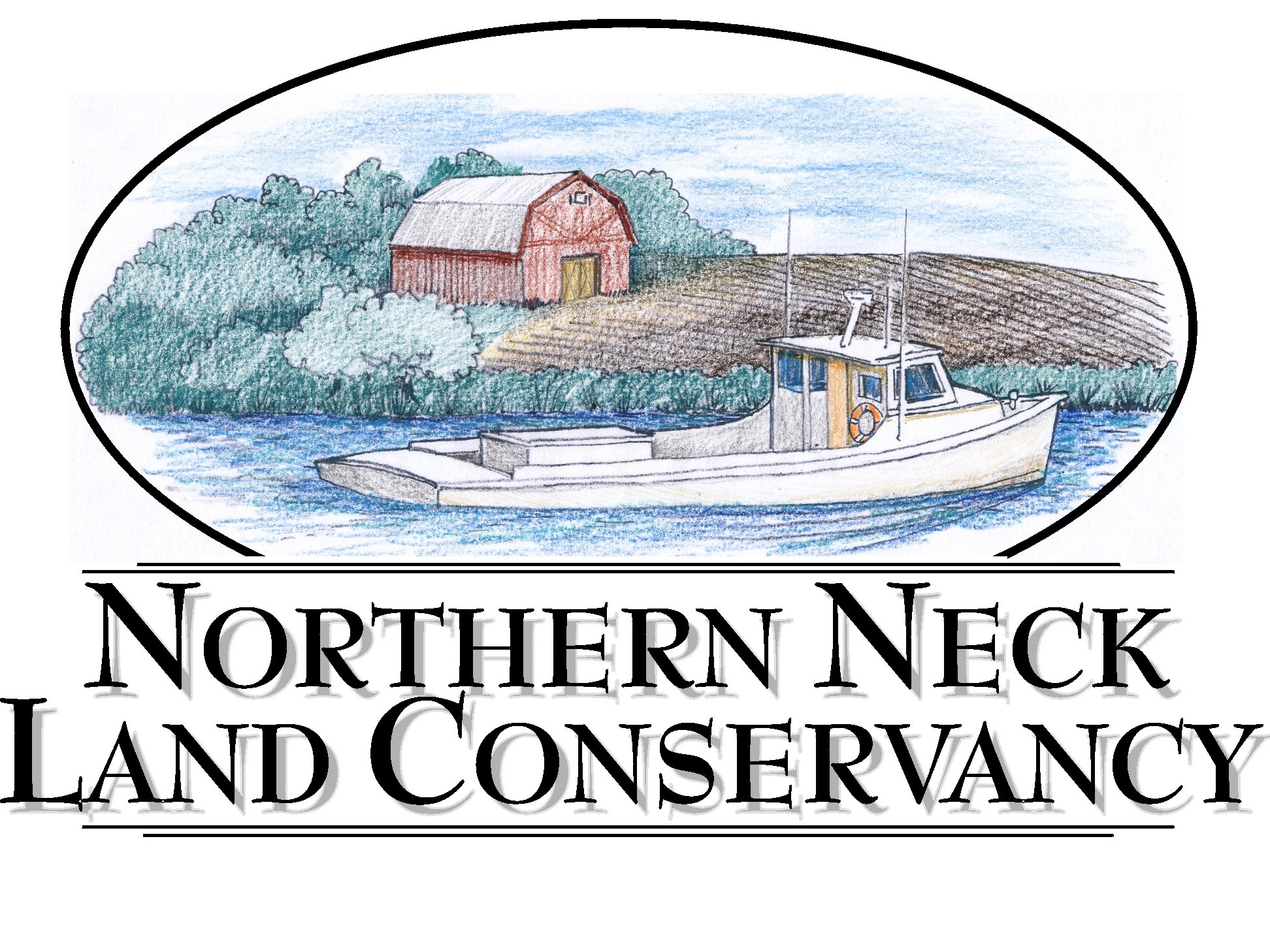Why Protect the Land?
WHY PROTECT AND PRESERVE THE NORTHERN NECK AND ESSEX COUNTY?
Our very existence is dependent upon the health of our earth. We drink the water and eat the food that is produced in the soil. On the Northern Neck of Virginia and in Essex County, agriculture and fishing are two vital industries. Farmland and forests produce the necessities of life and provide essential natural services. The Chesapeake Bay and connecting rivers all play an important part in the habitat of wildlife and plants. The air we breathe is affected by pollutants and needs valuable vegetation and forests to preserve its quality.
Each day, hundreds of acres in Virginia alone are destroyed by building projects, impermeable surface structures and non-point source pollutants, all of which affect the Chesapeake Bay.
The Northern Neck of Virginia and Essex County are unique oases of rural land, historical sites, living waterways and productive farms. Preserving this heritage and lifestyle means protecting the very land that spreads across the six counties.
In addition to the environmental reasons for protecting our lands, there are benefits to our community as well. Recreational tourism is maintained, providing sources of funds to support area businesses. Hunting can continue, offering residents with local venison, rabbit and turkey. With land preserved from development, local taxpayers will never have to pay for the expensive public services a new residential development would demand, such as street lighting, new roads, traffic lights, street signs, and sewer lines. In addition, an easement donation can motivate a landowner’s neighbors to do the same, ultimately leading to the protection of larger landscapes in the local community and county.
By protecting your land with a conservation easement, you are ensuring that the Northern Neck of Virginia and Essex County are always characterized by its open spaces, healthy environment, and cultural resources. Your children and future generations will still be able to enjoy the land, swim in the waters, watch the wildlife, and be proud of the heritage of the Northern Neck and Essex County.
Conservation Easements
WHAT IS A CONSERVATION EASEMENT?
A conservation easement is a written legal agreement that provides the landowner with the opportunity to place his or her land into a permanently preserved state. The property owner who wishes to protect his or her property will work with a land trust, such as NNLC, a lawyer, an appraiser, a bank, and perhaps a surveyor, to create this legal, binding document. The easement deed is recorded in the county register deeds office and becomes a matter of permanent record.
When landowners donate a conservation easement, they maintain ownership and management of their land and can sell or pass the land on to their heirs, while foregoing future development rights. Easements offer great flexibility for the land is preserved as the landowner wishes; perhaps as a timbering area, a working farm, or an open space area. The use of the land and its future state is the decision of the landowner.· It is a voluntary process, completely up to the landowner. Present and future owners of the property are bound by the easement’s terms and conditions. The taxes on the land are reduced, which is a benefit to the landowner, and the owner may be entitled to tax credits, which may be sold or applied to future tax payments.
Easement Tax Benefits
TAX BENEFITS OF CONSERVING LAND
The primary reason most landowners donate conservation easements is to preserve the natural, scenic, and historical qualities of their land forever. Others may want to establish a legacy for their children and grandchildren. But, there also can be significant tax advantages associated with a donation.
Please note that this is summary only and not to be inferred as financial or legal counsel.
The gift of an open-space easement in perpetuity to the Northern Neck Land Conservancy may qualify as a non-cash charitable gift, providing the donor with various tax benefits. A donor applying for tax benefits must hire an independent certified appraiser to establish the value of the easement, which value is primarily based on the value of the development rights forgone. Once that value is established, it becomes the basis for calculating tax benefits.
Federal Income Tax Deduction
- Donations of open-space easements that meet federal tax code requirements may entitle the donor to federal income tax deductions. For tax year 2018 and thereafter, the deduction is limited to 50% of adjusted gross income, which if not used up in 2018, may be carried forward at 50% of adjusted gross income for an additional fifteen years or until the donation is fully expended, whichever comes first. In addition, a farmer or rancher who receives in 2018 or thereafter more than 50% of adjusted gross income from the trade or business of farming or ranching is eligible for a tax deduction of 100% of adjusted gross income with the same carry forward right. IRS Form 8283 must be filed to obtain this deduction. Form 8283 requires attachment of a copy of the appraisal, an appraiser’s declaration, VOF’s acknowledgement of the gift, copies of the deed as recorded and the baseline documentation report.
Virginia State Income Tax Credit
A Virginia state tax credit has been established for conservation easements at 40% of the value of the easement. The amount of the credit that may be used by a taxpayer may not exceed $50,000 for taxable year 2018 and each taxable year thereafter, but any unexpended portion may be carried forward for the next 10 taxable years. For each taxpayer, in any one taxable year, the credit used may not exceed the amount of income tax otherwise due. In addition, any unexpended portion may be transferred to another Virginia taxpayer. A recent tax court opinion suggests that the income from the sale of tax credits held for more than one year prior to sale may receive more favorable long-term capital gains treatment. (Check with your tax advisor or attorney to determine whether and when tax credits should be sold.) Tax credits in excess of $1 million or more will be issued only if the conservation value of the donation has been verified by the Director of the Department of Conservation and Recreation (DCR) based on criteria adopted by the Virginia Land Conservation Foundation. Pre-filing review of the conservation value is available through DCR. There is a $75 million limit on the amount of tax credits that the Department of Taxation may issue in each calendar year. Form LPC-1 must be filed with the Department of Taxation for registration of credits and Form LPC-2 for transfer of credits. For an easement conveyed on or after July 1, 2015, the LPC-1 application must be filed with the Department of Taxation by December 31st of the year following the calendar year of the conveyance or the credit will be disallowed.
Federal Estate Tax Reduction and Exclusion
Extinguishing some or all of the development rights for a parcel of land through a conservation easement may reduce the value of the land for estate tax purposes, thus reducing the estate taxes, often substantially. In addition, Section 2031(c) of the Internal Revenue Code provides an estate tax exclusion from the gross estate of up to 40% of the remaining encumbered value of the land (but not improvements on the land) protected by a qualified conservation easement. The exclusion is capped at $500,000 and is reduced if the conservation easement reduced the land’s value by less than 30% at the time of the contribution. To qualify the easement must prohibit all but “de minimis commercial recreational use.”
Local Property Taxes
Local property taxes may be reduced with respect to land (but not dwellings, farm buildings, or other improvements to the land). However, if land is already assessed at “use value,” in other words, enrolled in a local land-use assessment taxation program, an additional reduction in taxes is unlikely.
Department of Conservation and Recreation’s Review Criteria
The Director of the Department of Conservation and Recreation (DCR) will review and verify the conservation value of donated land or conservation easements or other less-than-fee interests in land that result in tax credit applications for $1 million or more.
Please visit http://www.dcr.virginia.gov/land_conservation/lpc.shtml for more information about applying for Land Preservation Tax Credits.


An Accredited Land Trust
Website by Fresh Look Web Design
